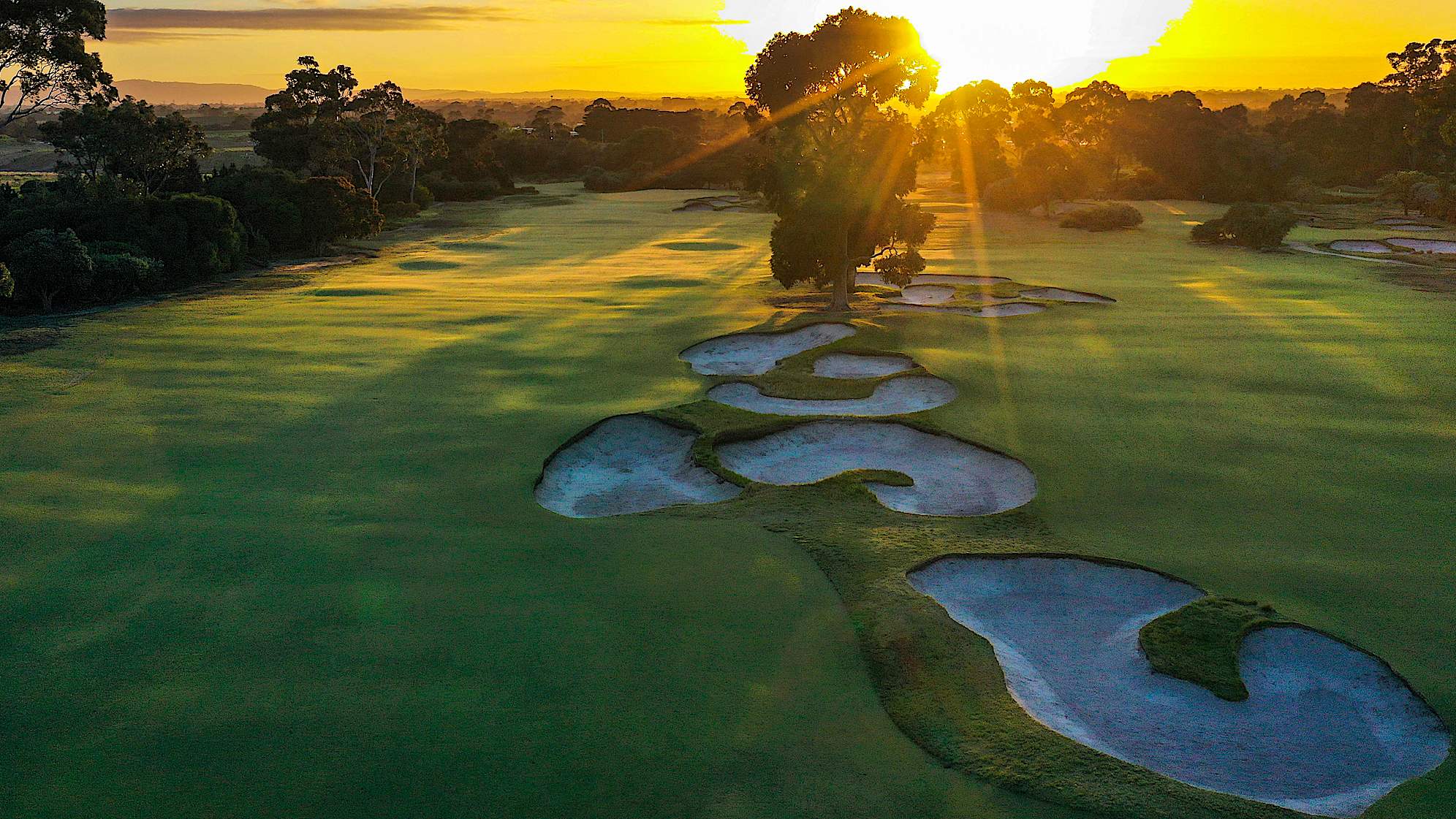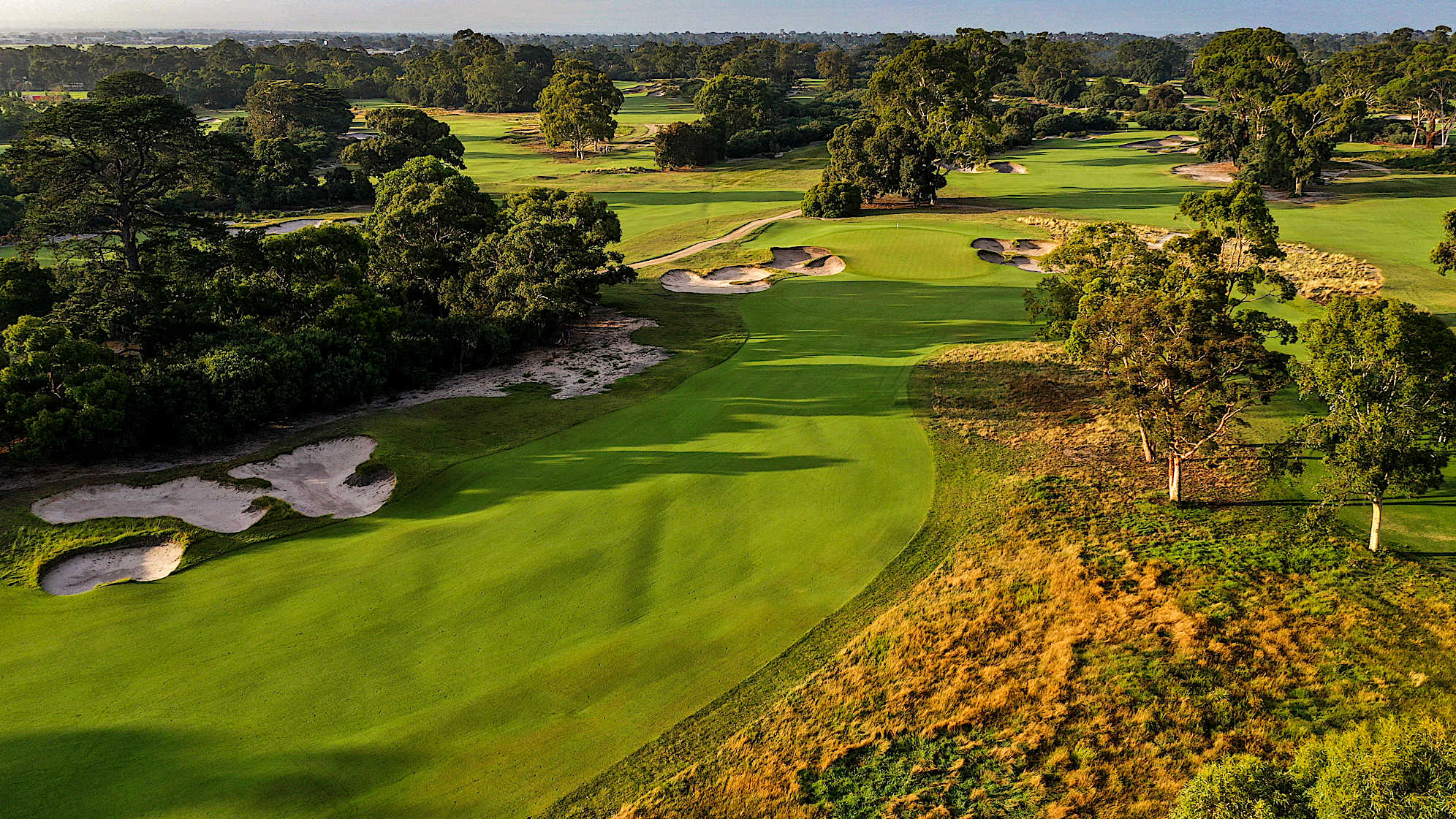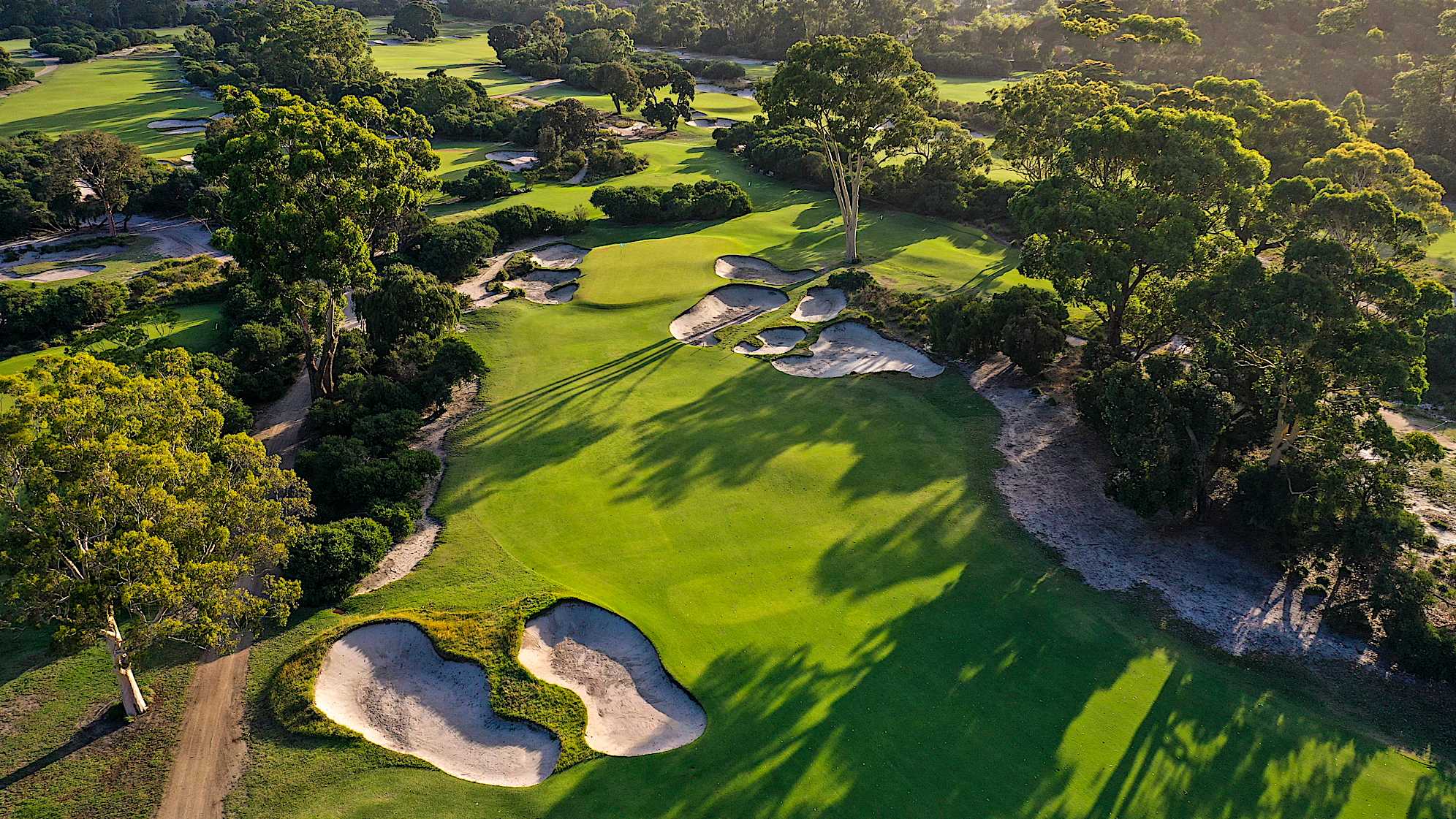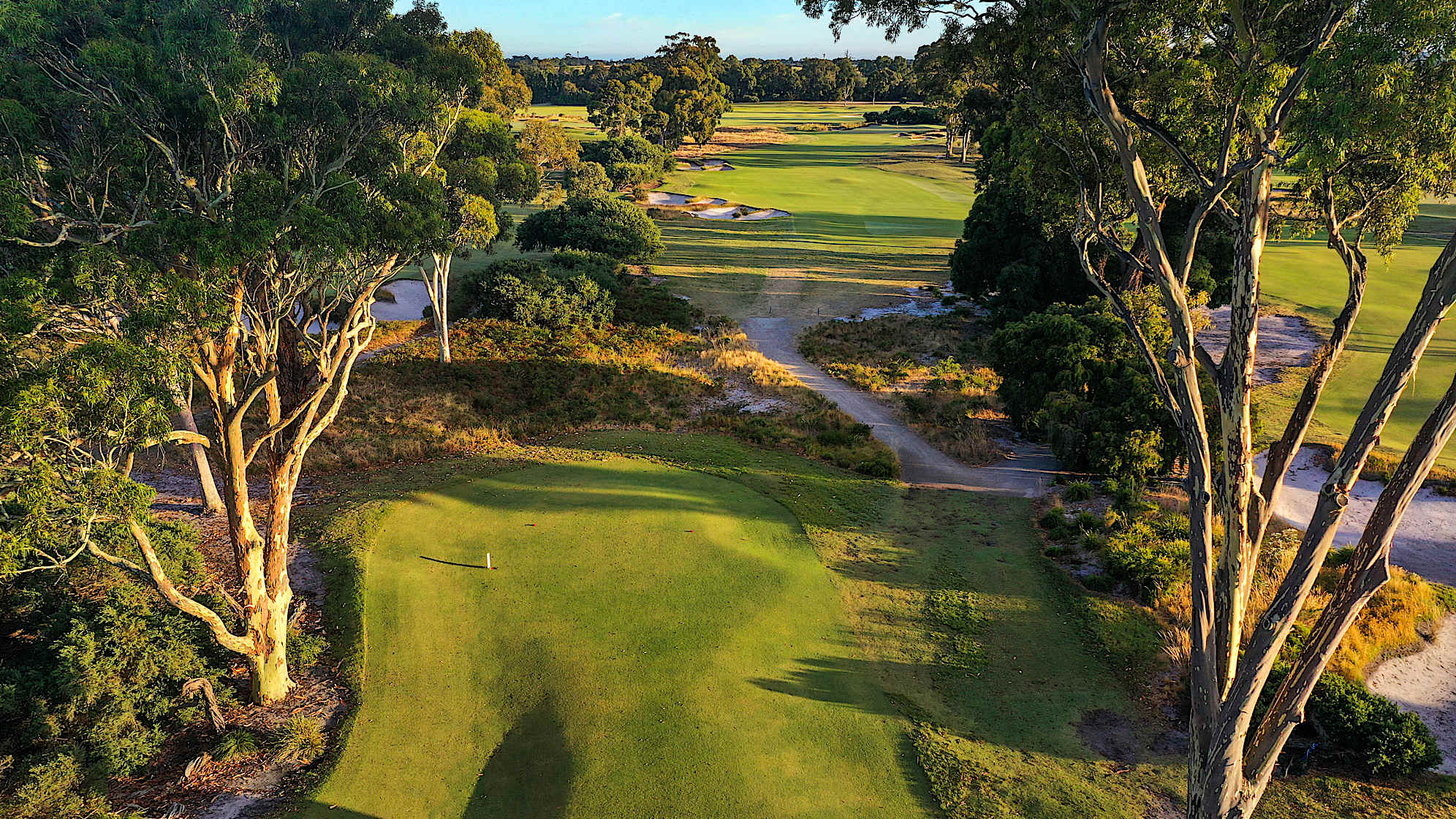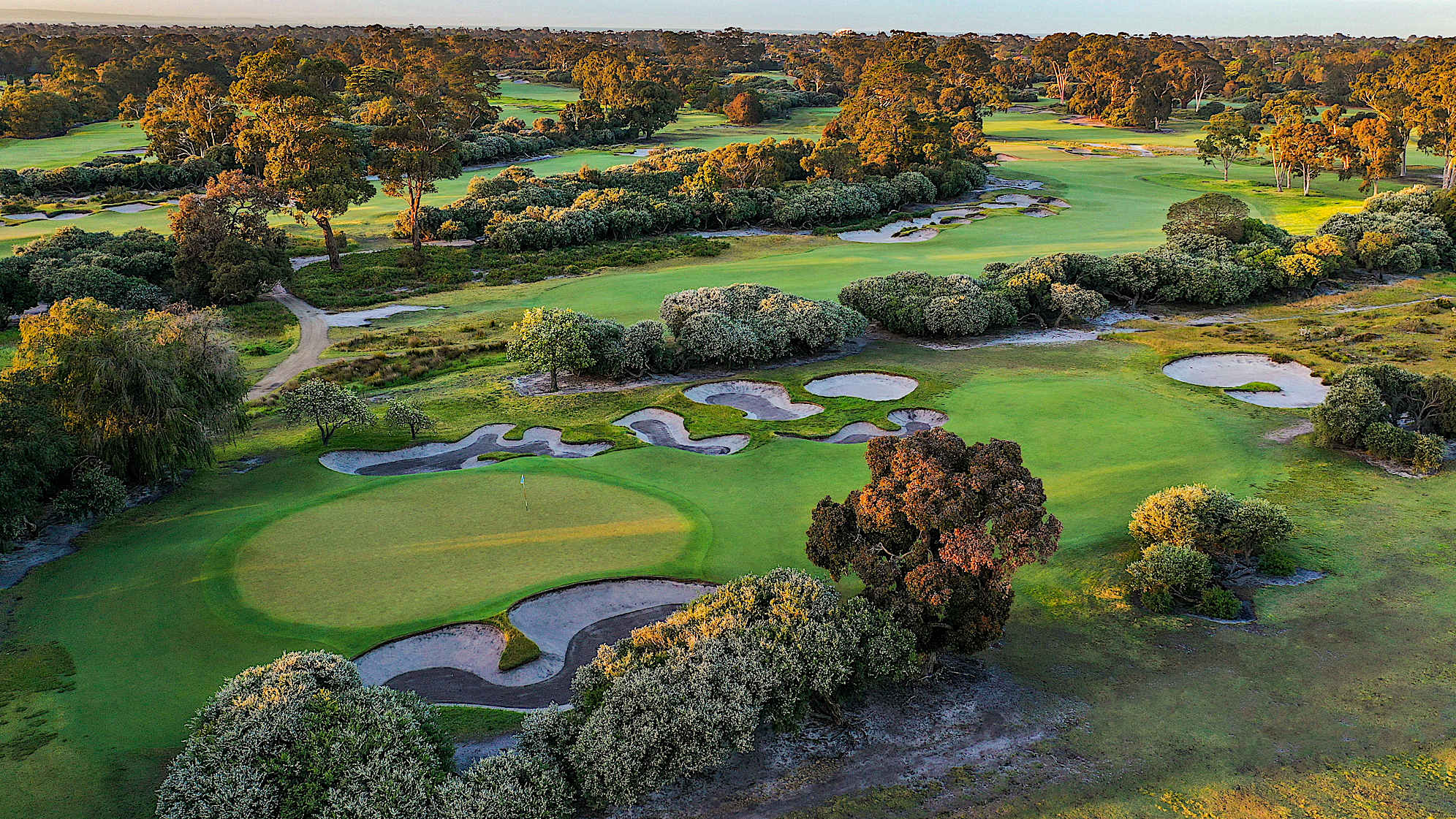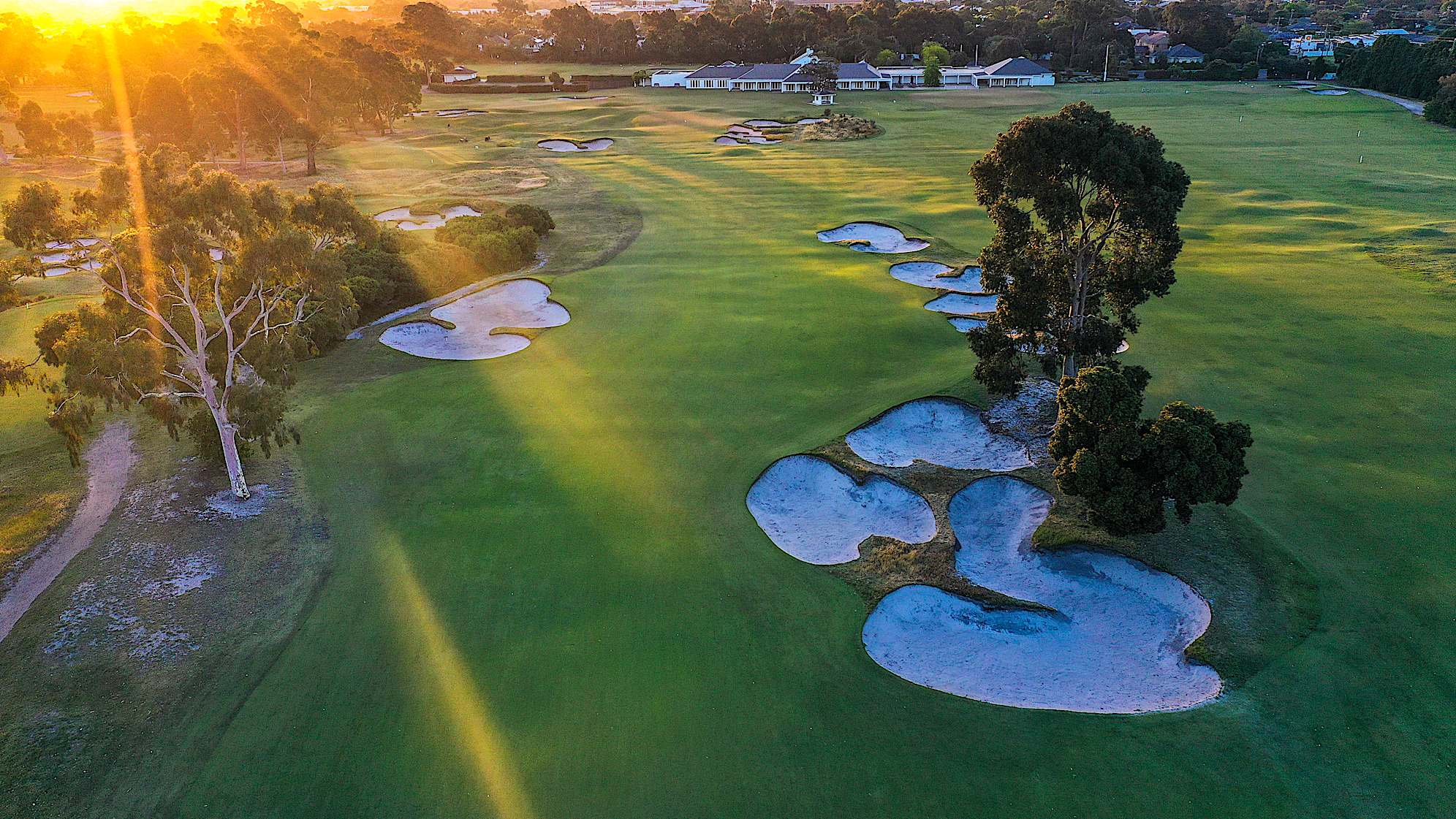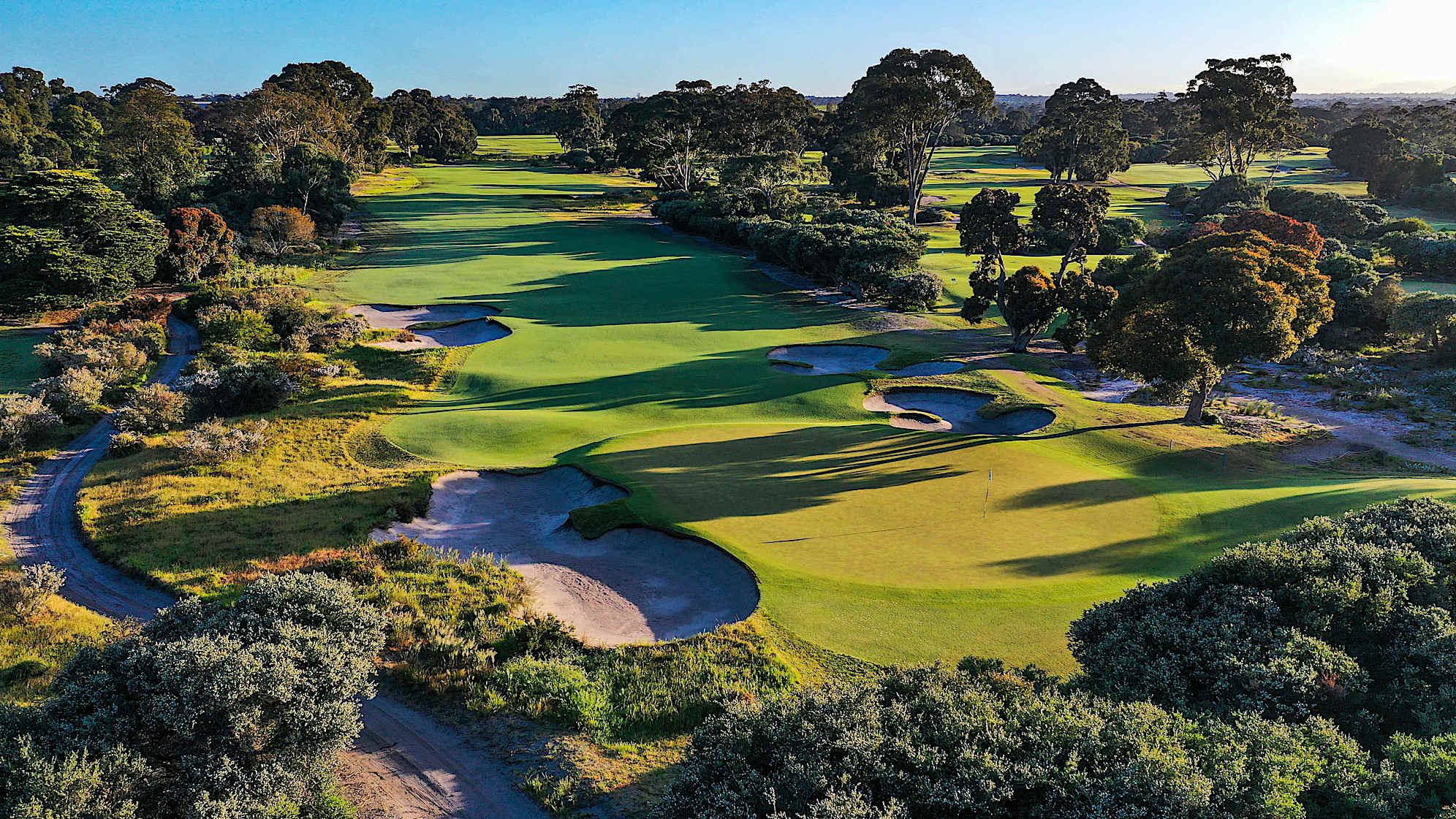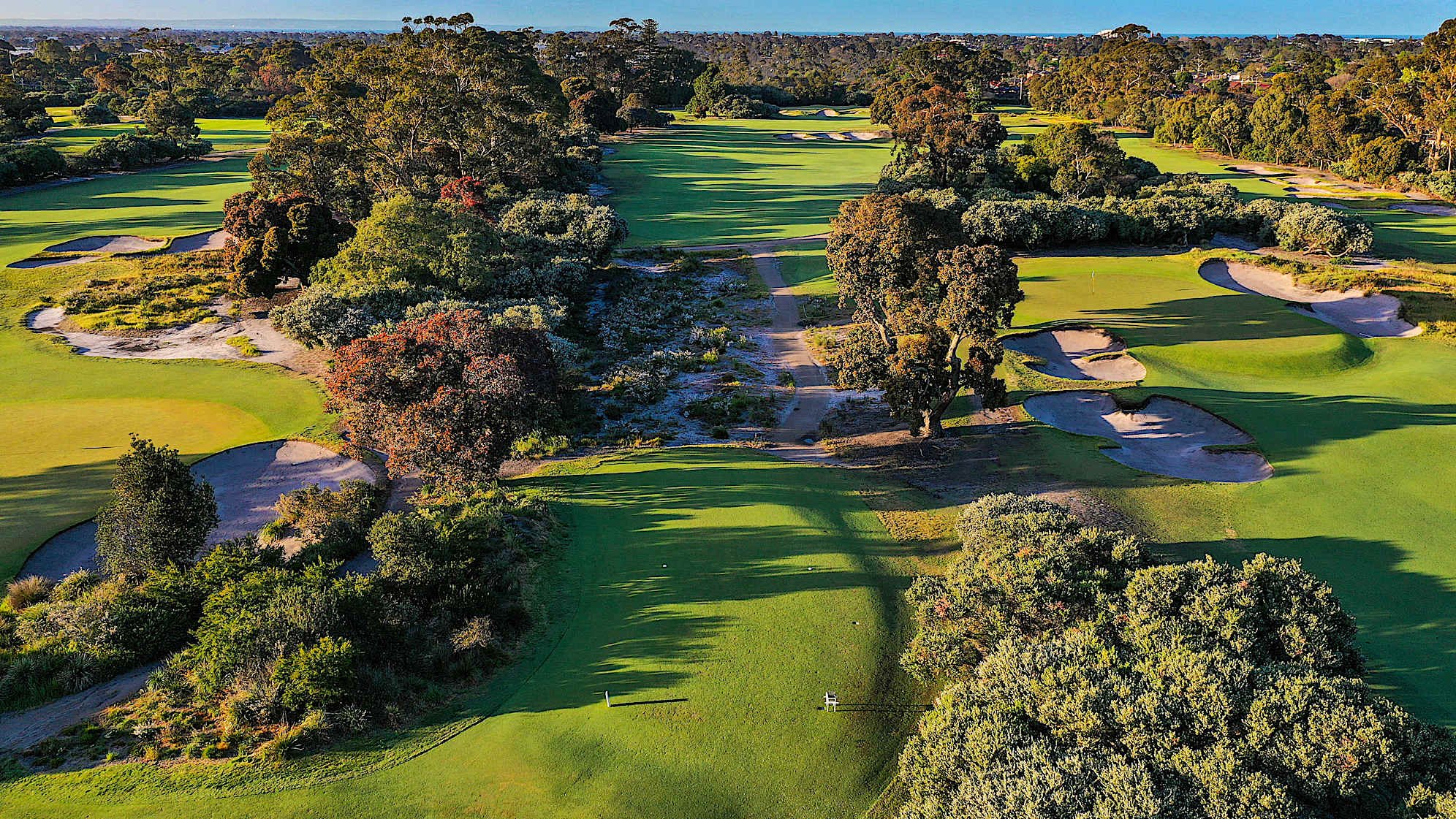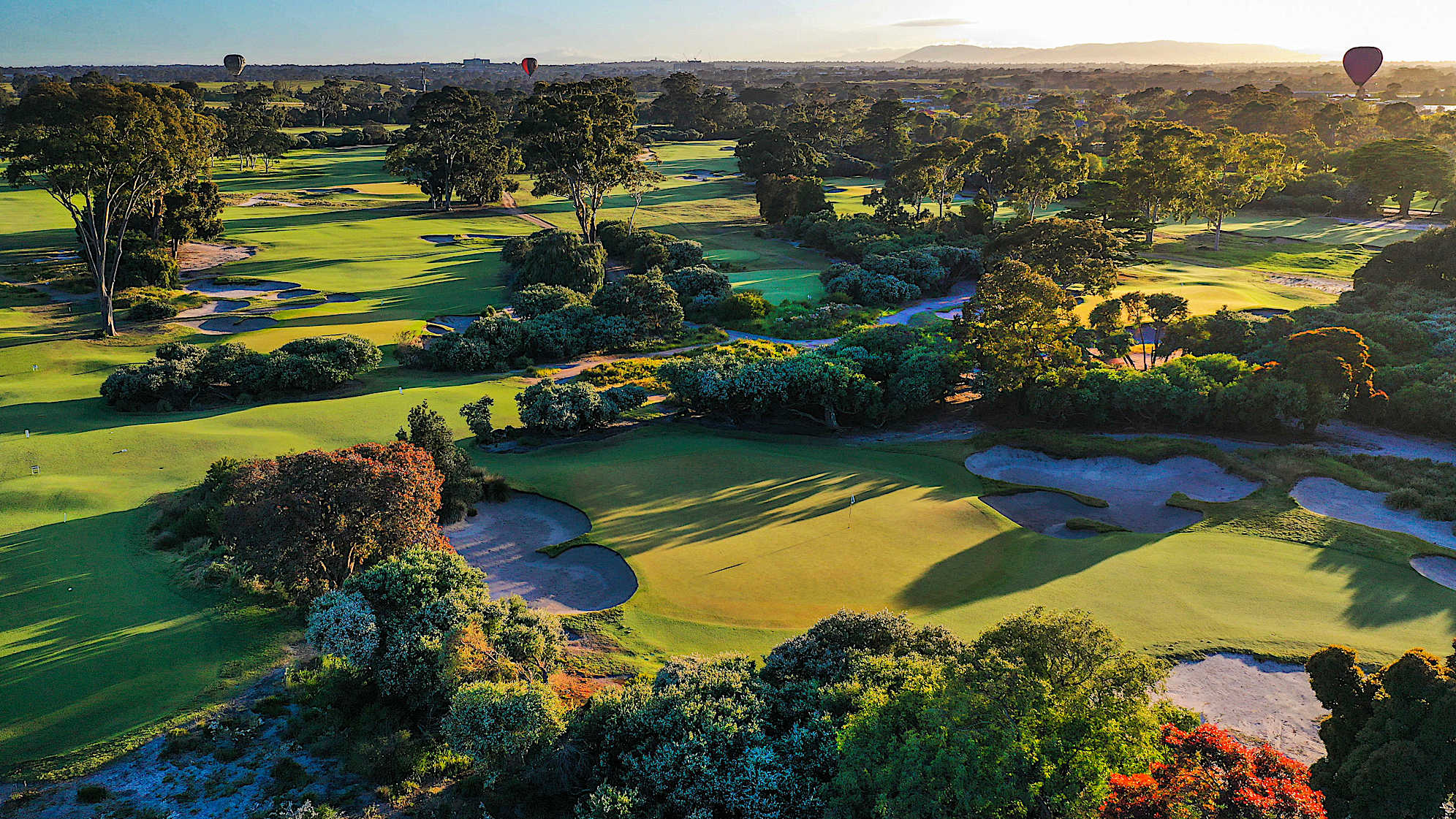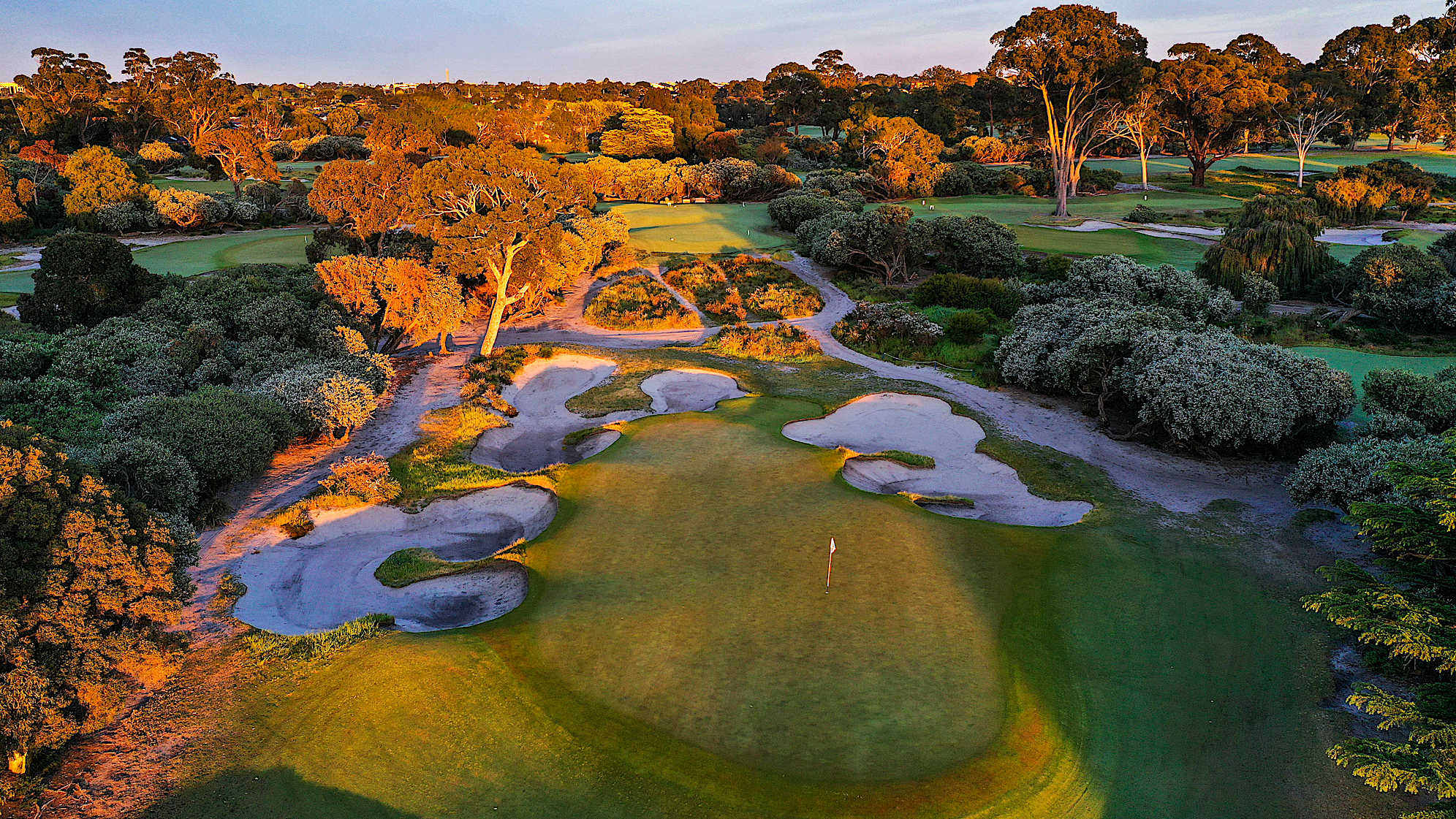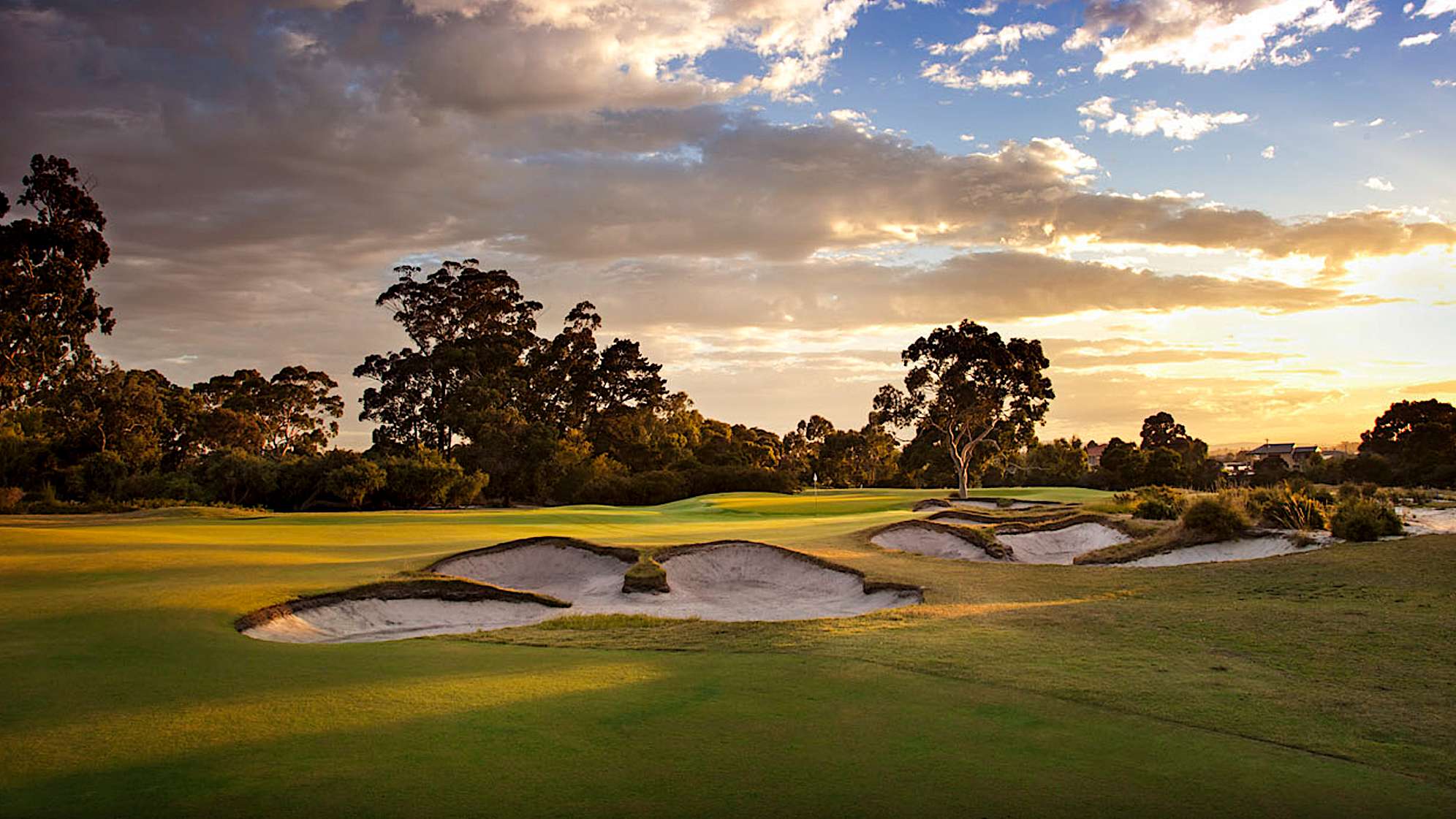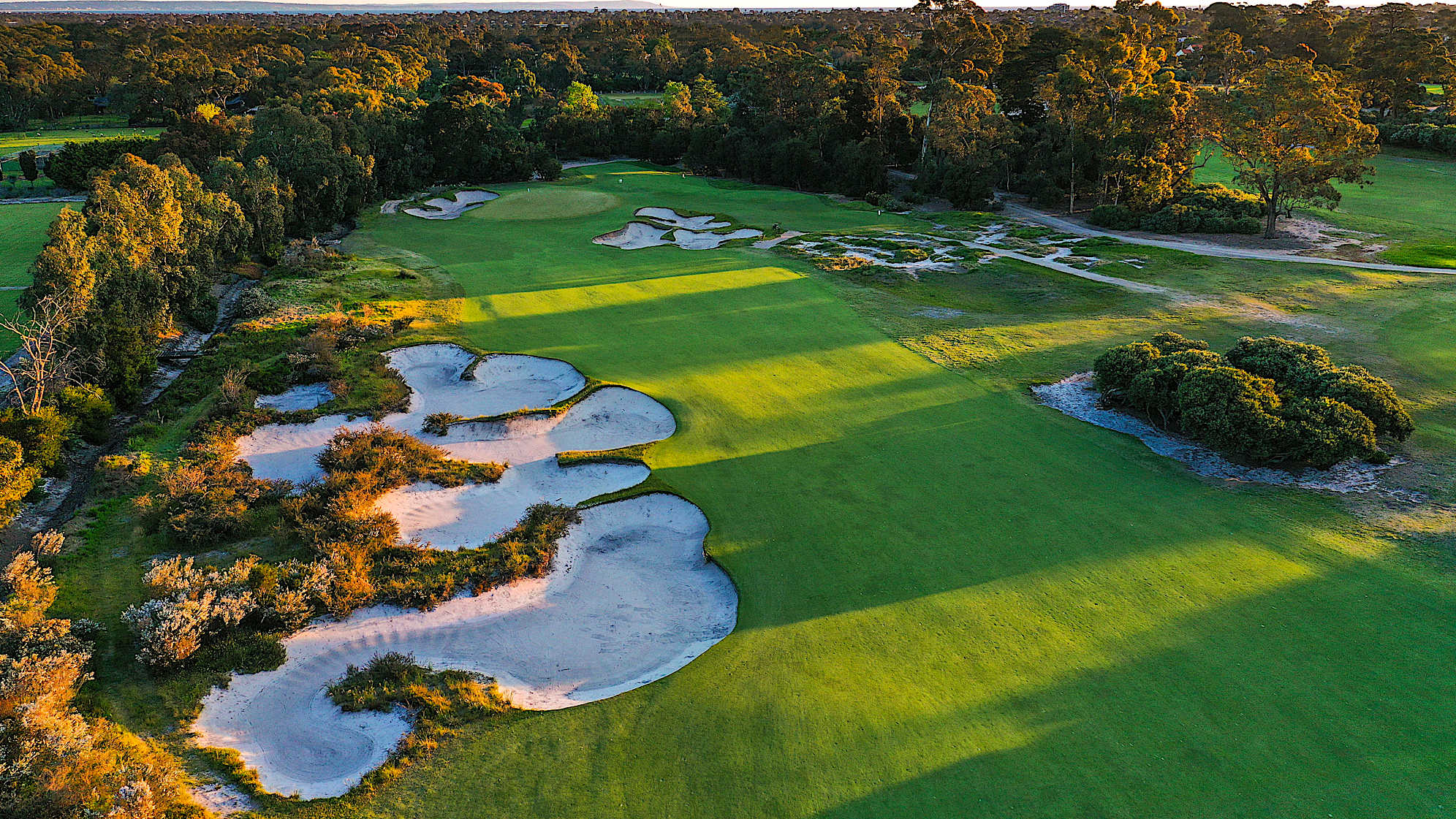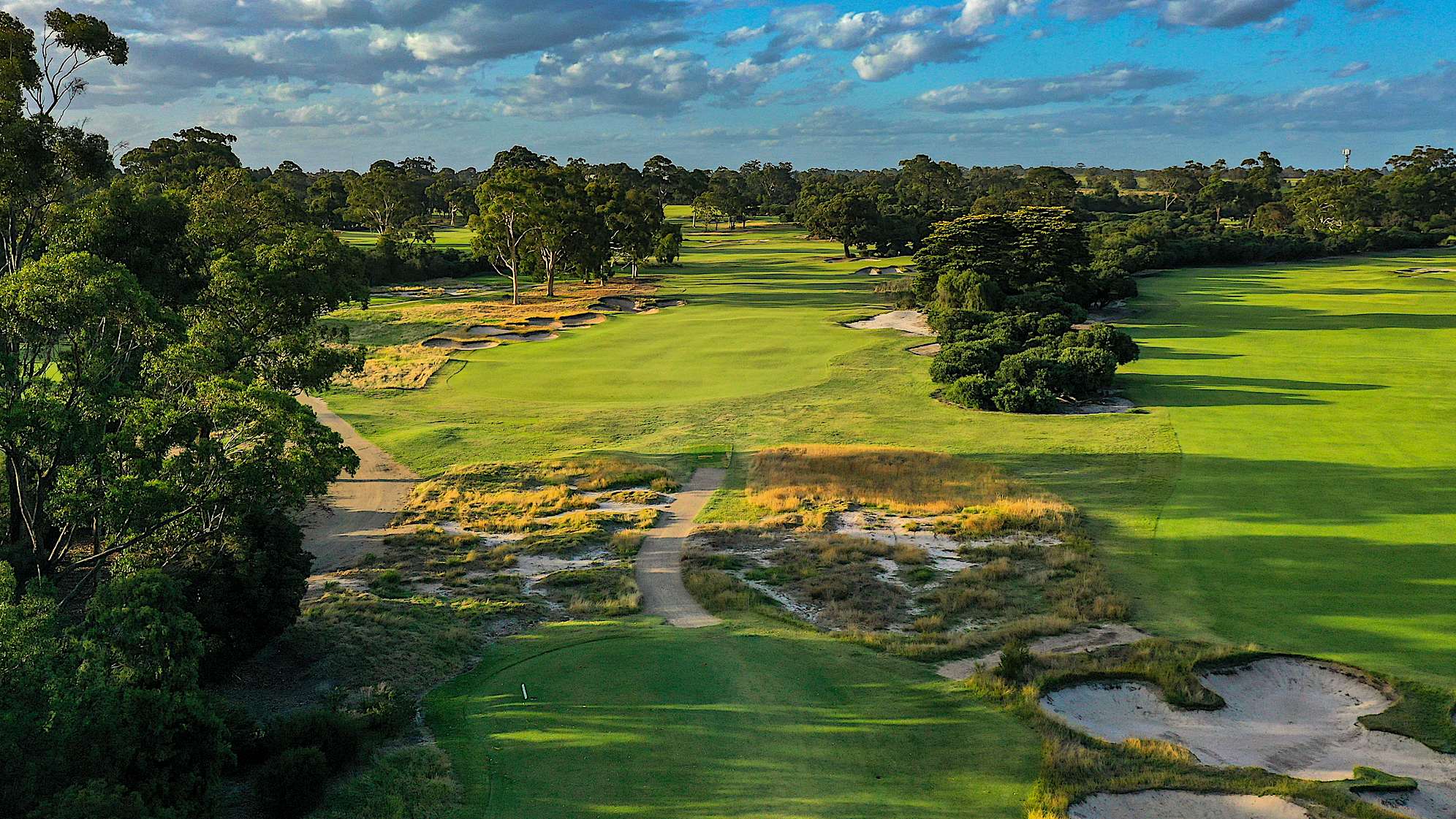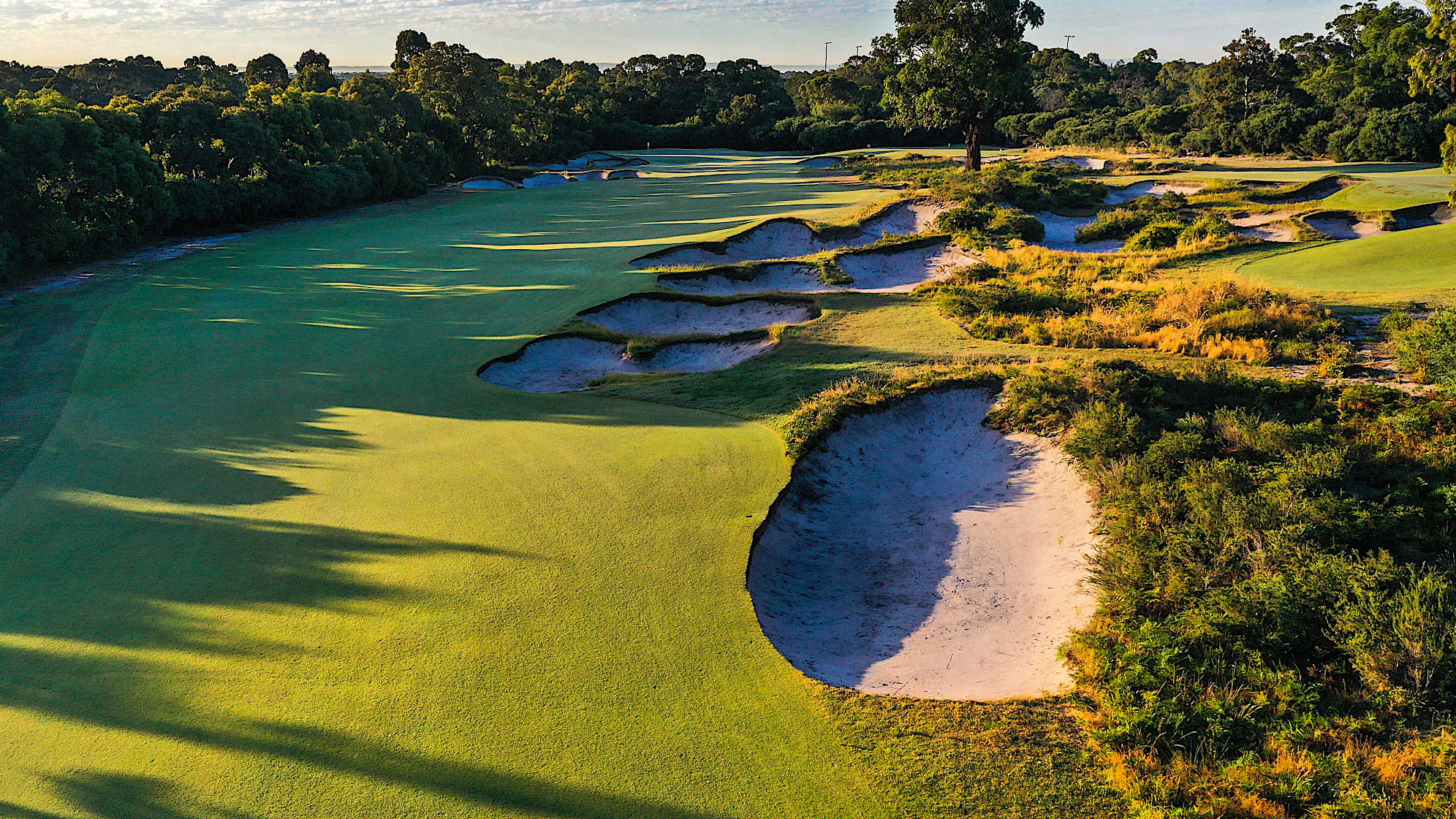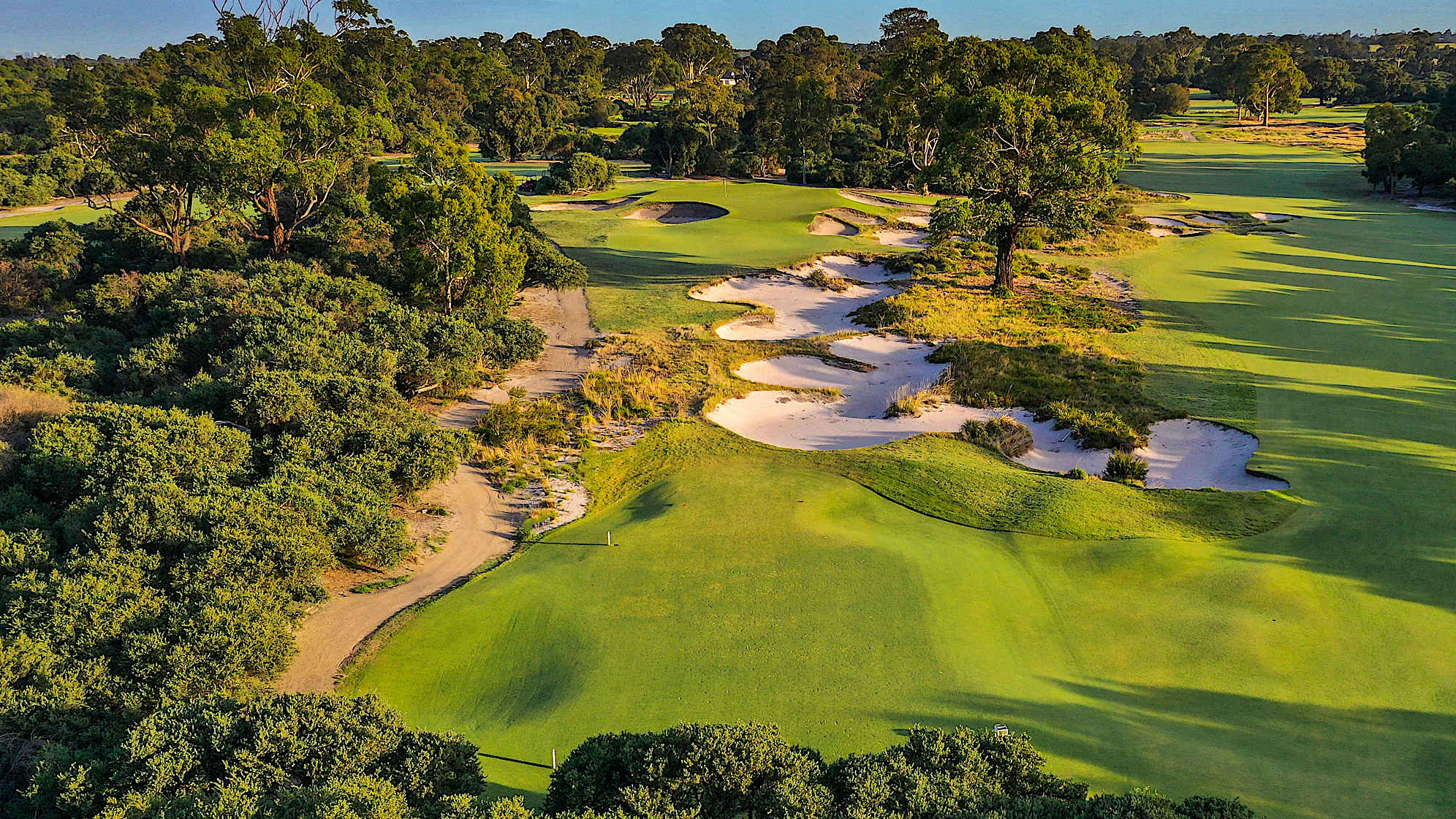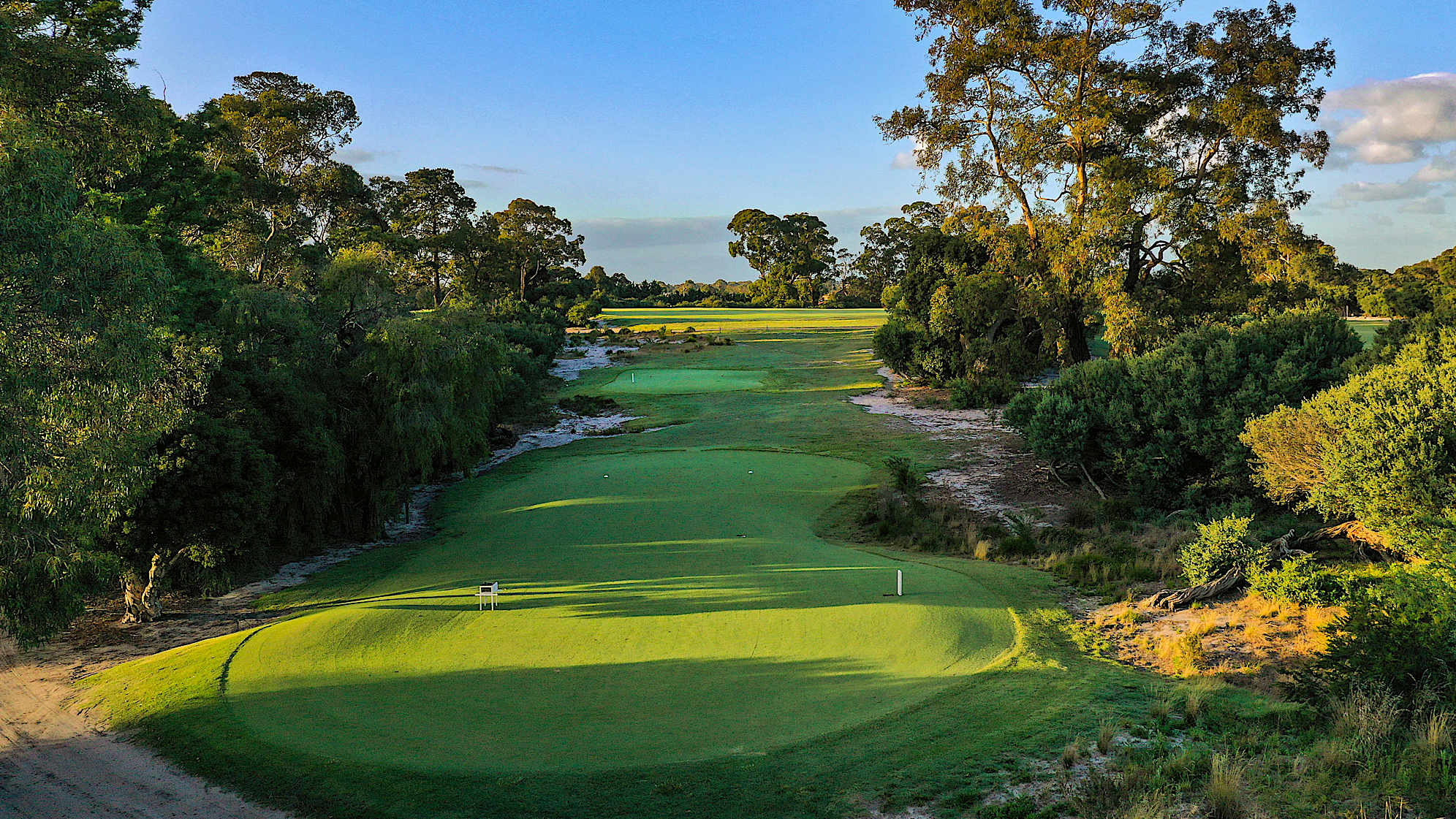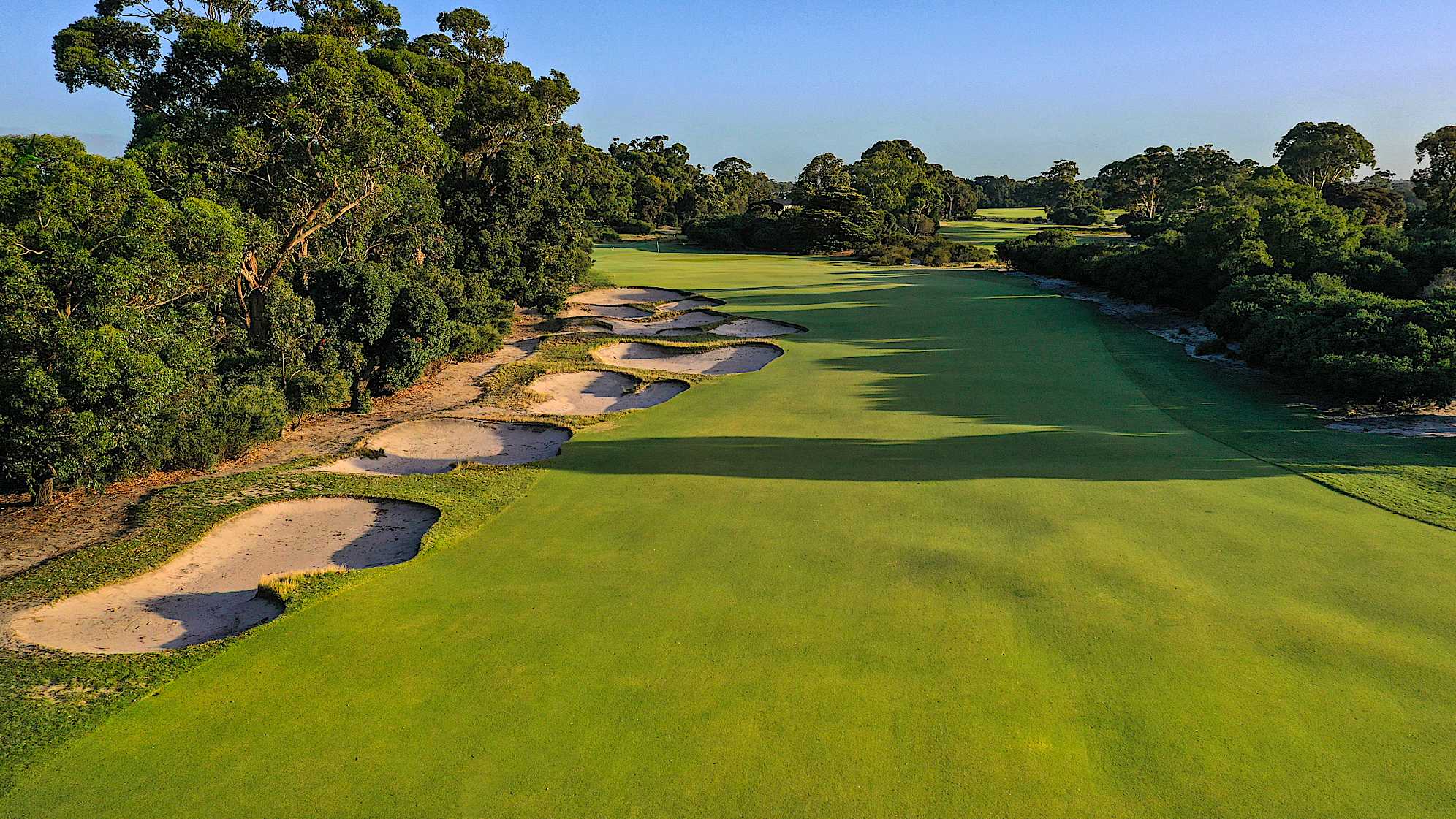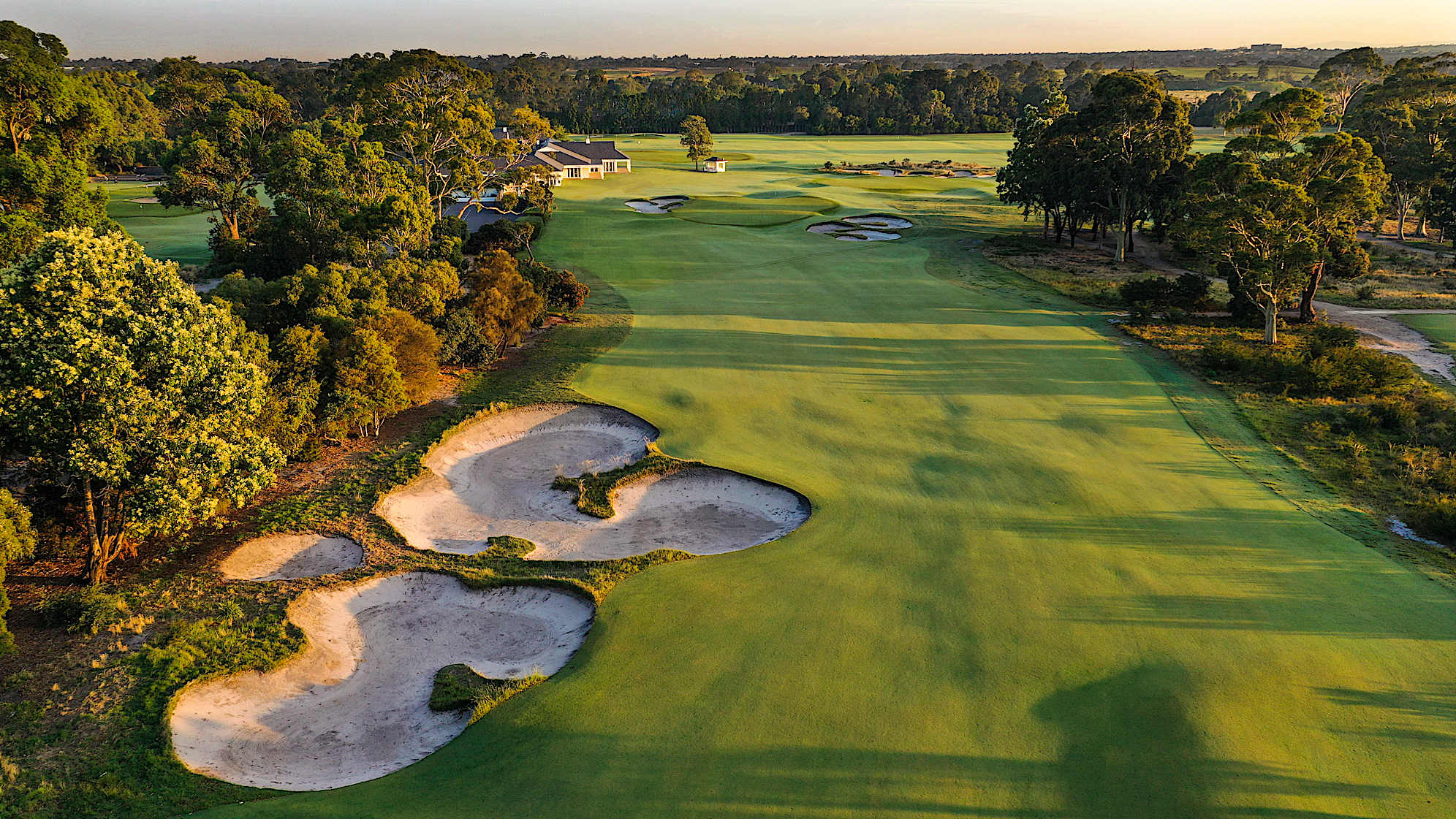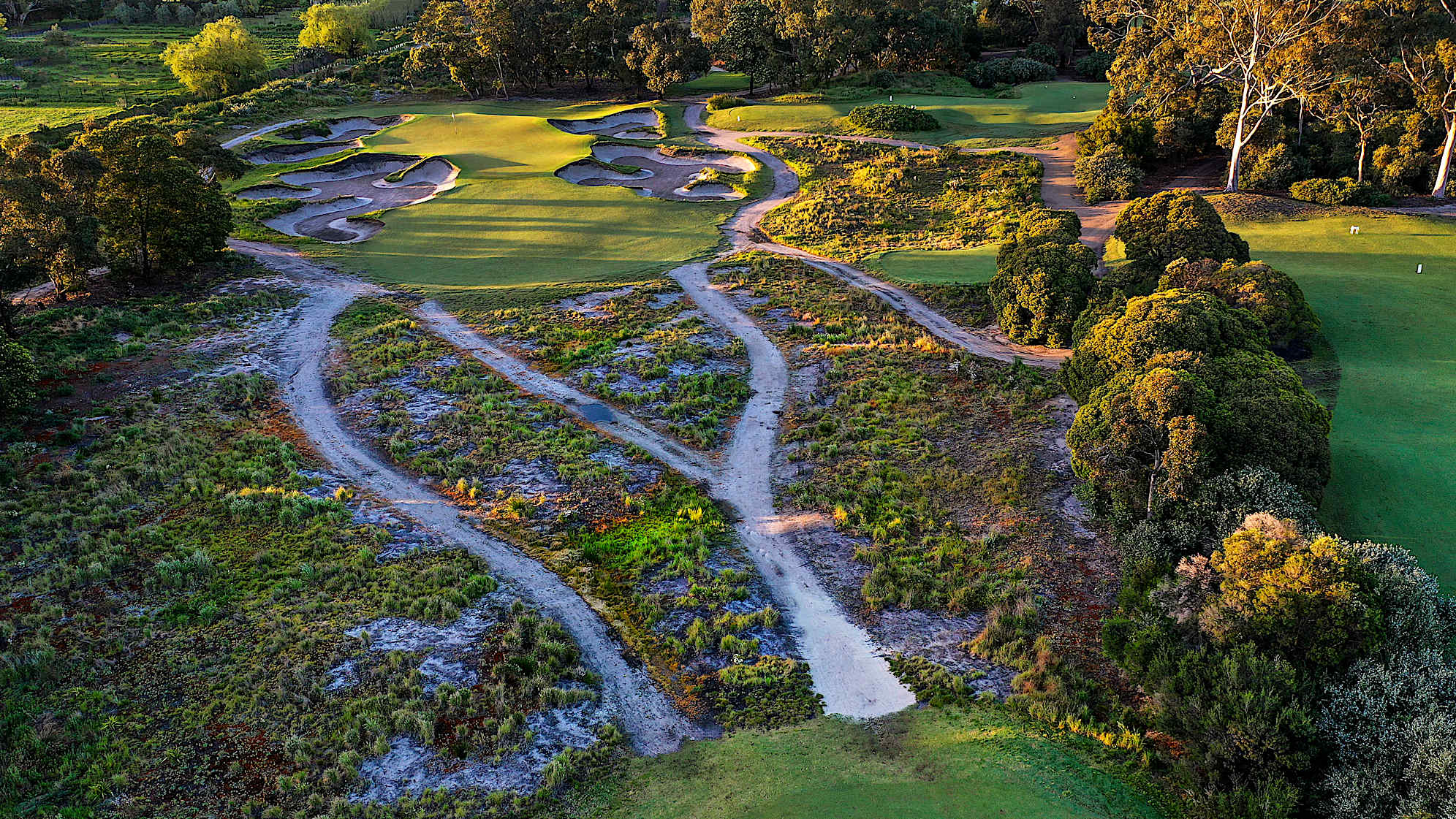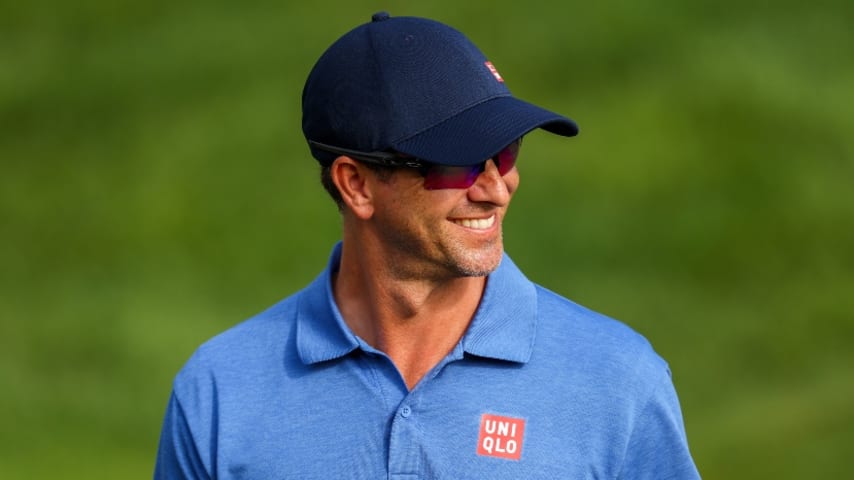Australia’s historic Kingston Heath to host 2028 Presidents Cup
4 Min Read
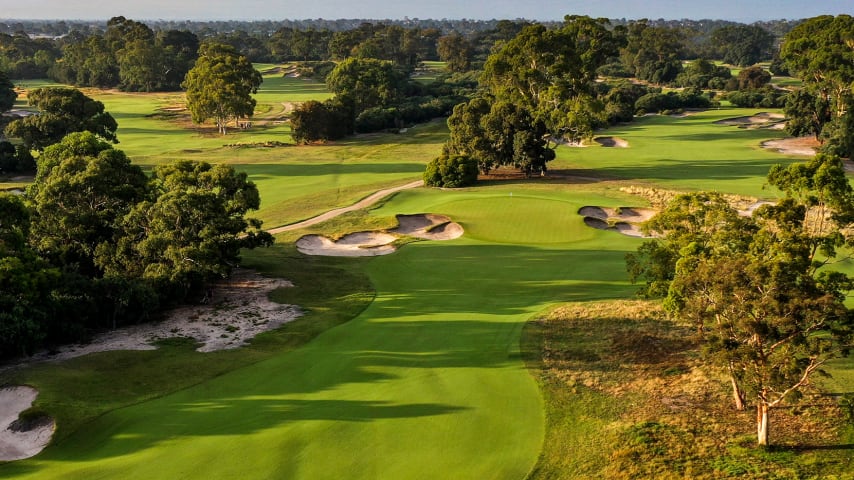
Ranks high on many players’ lists of favorite courses
Written by Ben Everill
Ranks high on many players’ lists of favorite courses
Tiger Woods. Gary Player. Adam Scott. Karrie Webb.
These are just some of the champions who have won at Australia’s Sandbelt standout Kingston Heath Golf Club, which has been named as host of the 2028 Presidents Cup.
A Dan Soutar design (with an assist from Alister Mackenzie in 1926 and a refresh from Mike Clayton in 2002), Kingston Heath brings the Presidents Cup to Melbourne for the fourth time. The Heath, as club members sometimes call it, is also getting ongoing refinements from OCM (Ogilvy Cocking and Mead), the same course architects restoring the Medinah Country Club ahead of the 2026 Presidents Cup.
Kingston Heath takes the baton from another Sandbelt gem, the Royal Melbourne Golf Club, which hosted the 1998, 2011 and 2019 Presidents Cups. Ranked the 11th best course in the world by Golf Digest, Kingston Heath has hosted seven Australian Opens, a Women’s Australian Open, the Australian Masters, and the 2016 World Cup of Golf. Woods, who was playing captain for the victorious 2019 U.S. Presidents Cup Team at Royal Melbourne, won the 2009 Australian Masters at Kingston Heath. Scott won the same tournament on the same course in 2012.
Gary Player, Greg Norman and four-time PGA TOUR winner Aaron Baddeley are among the Australian Open winners at Kingston Heath, as is Hall of Famer Karrie Webb. Ian Baker-Finch, Kel Nagle and Australia’s greatest-ever golfer Peter Thomson also won championships on the exquisite layout.
Fans are once again in for a treat whether they choose to visit Melbourne to attend in person or tune in from all corners of the globe. Player calls the Sandbelt region, which houses a number of world class courses built on a rich vein of sandy loam subsoil, “the greatest golf courses in one spot on the planet.” The courses are instantly recognizable as they use natural contours to perfection, with masterful bunkering and greens.
“The angles and how you got to hold balls on the tee shots… it's great to play,” Woods has said of Kingston Heath. “And some of the things that that I’ve seen in all the years of coming down here, and taking photos, I certainly have incorporated into my golf course design.”
At 6,800 yards, Kingston Heath was the longest course in Australia when it opened in 1925. It also played to a par 82. But during his 1926 Australian visit, Mackenzie, the famous designer of Augusta National and Royal Melbourne, among others, helped refine a bunkering strategy and also designed what is now the signature 15th hole.
“It's very hard to separate the Sandbelt courses… we're talking about really small nuances now, but Kingston Heath is actually my favorite,” says Scott, who could be the 2028 International Team Captain.
“They've designed such great holes with a very flat piece of land,” he continues. “… It’s very clever, and I judge a great golf course by if it's playable for everyone and it can challenge everyone. Most of the Sandbelt courses do that and that's why they're the best in the world and my personal favorite happens to be Kingston Heath.”
Fellow major winners Shane Lowry and Jason Dufner also rank Kingston Heath among their favorites. With the attacking philosophy of match play on show for the Presidents Cup, Scott believes the course could become even more stunning as a spectacle. He’s been a member of a record 10 International Teams since 2003, and the 42-year-old now has a significant carrot to continue his involvement in any capacity possible.
“Kingston Heath is definitely worthy of it,” Scott says, “and it'll be a really interesting match play course because usually we're stroke playing around there, a lot of caution is used, so it might be fun for everyone who's familiar with it to see potentially a little more attack.”
“While not being as dramatic a piece of land as Royal Melbourne, for example, or even Victoria (Golf Club),” he continues, “just the design of the golf course is so phenomenal. There's nothing necessarily spectacular or intimidating, yet the crafty design work makes it play spectacular and eventually a little intimidating once you face shots that you weren't aware were out there.”
The International Team is still chasing just a second victory in the Presidents Cup, its only previous win coming at Royal Melbourne in 1998. While the 2024 and 2026 events are still to come in Canada and Chicago, respectively, Scott is already thinking about the possibility of another win down under.
“Kingston Heath is a course you wish to win championships on, and I’ve been lucky enough to do that,” Scott says. “And to showcase another Sandbelt course to the world in an event the size of the Presidents Cup is really fantastic because I think in the big, wide world of golf, they’re sometimes overlooked a little too quickly.”




